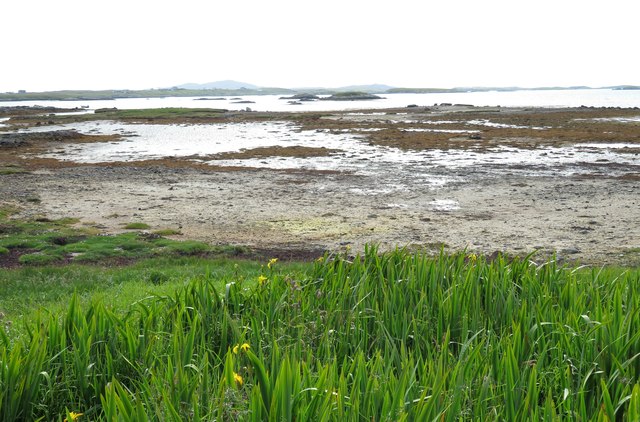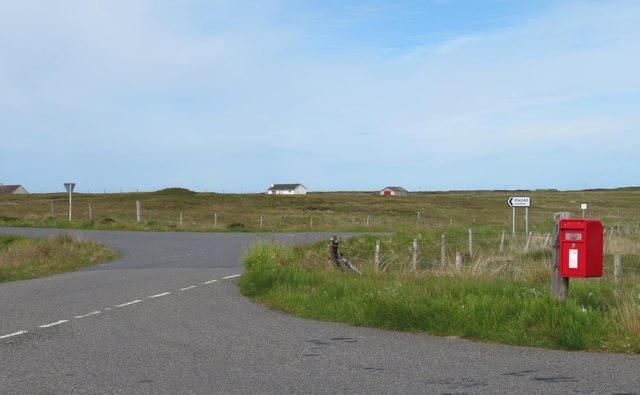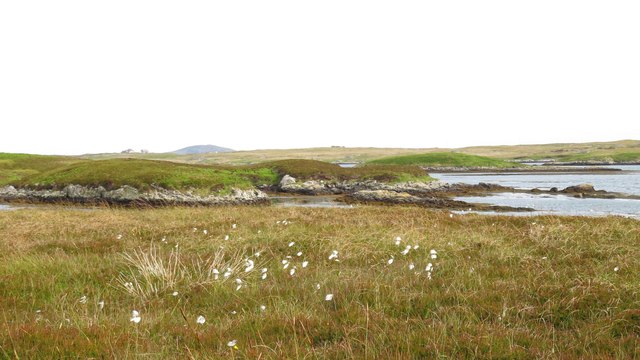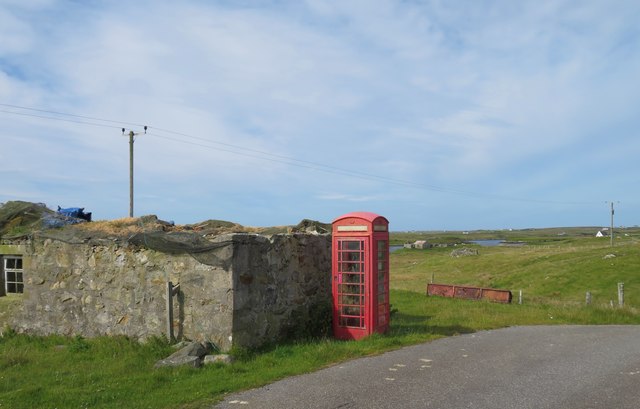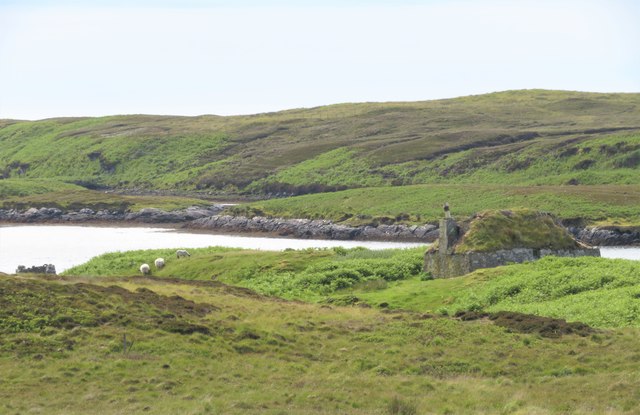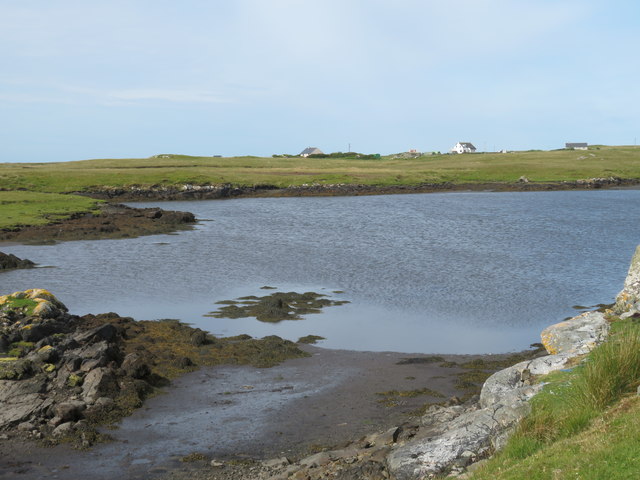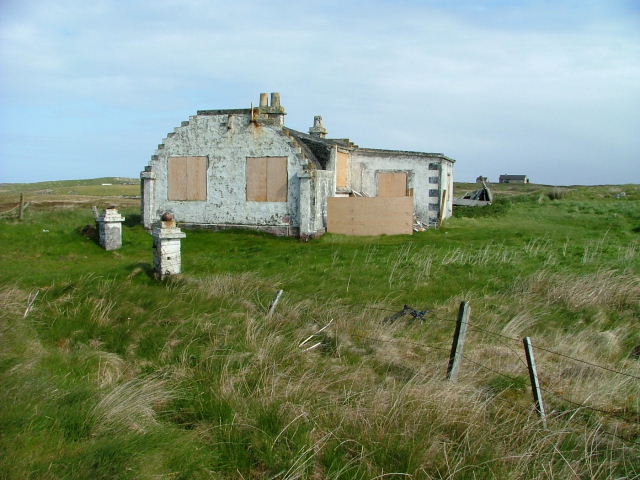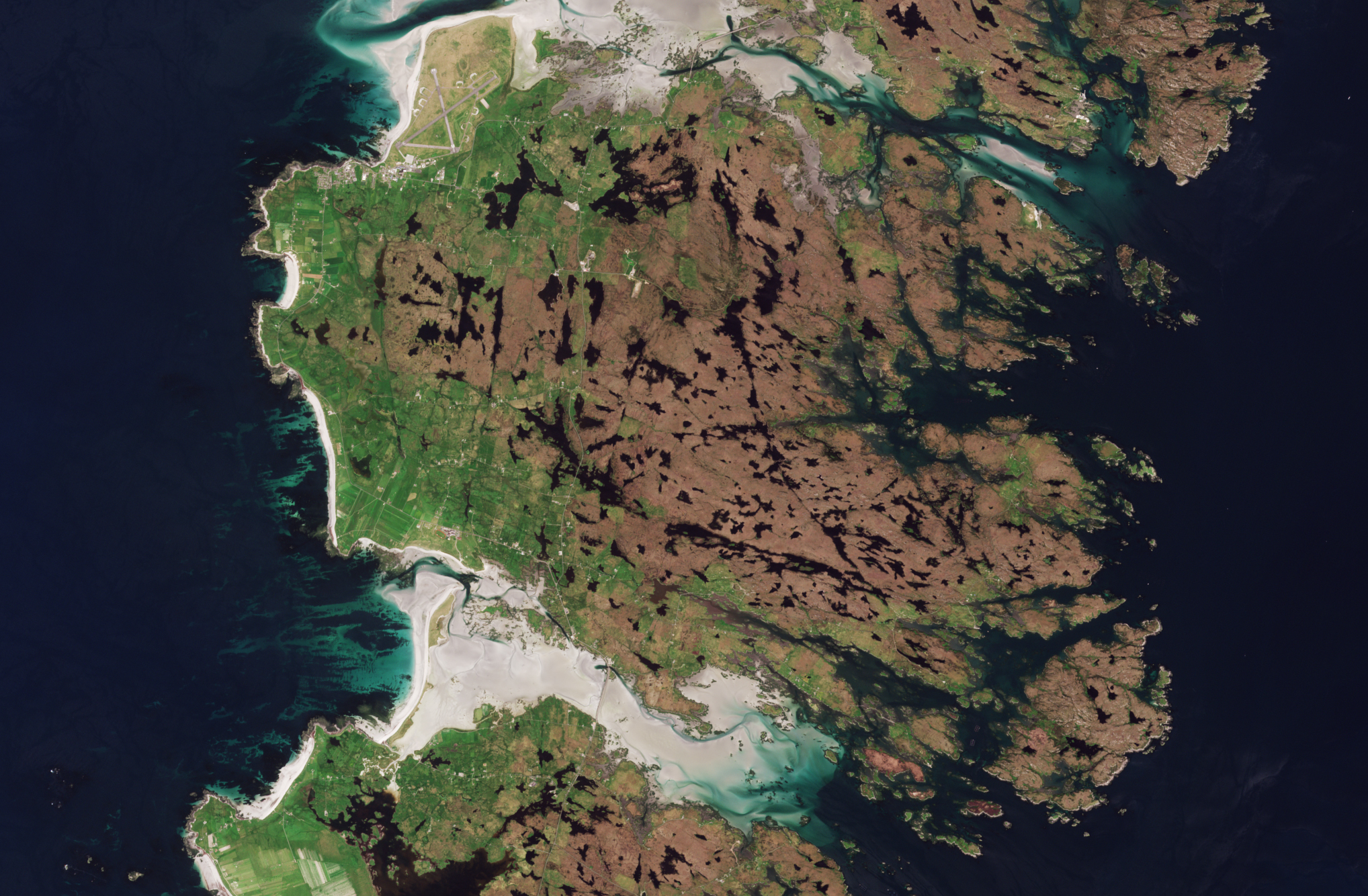Griomasaigh
Settlement in Inverness-shire
Scotland
Griomasaigh
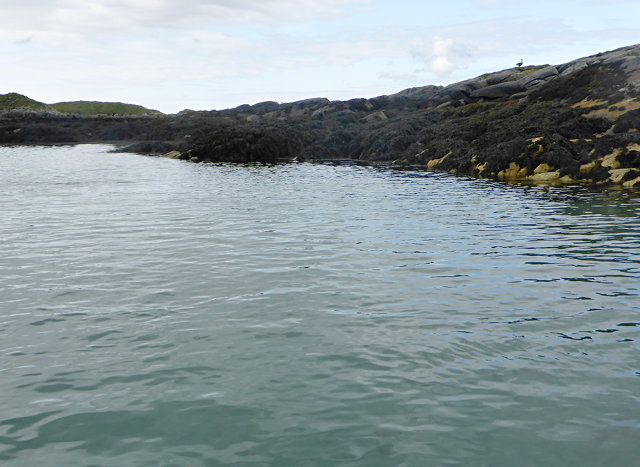
Griomasaigh is a small village located in the county of Inverness-shire, Scotland. Situated in the northern part of the country, Griomasaigh is nestled amidst the picturesque Scottish Highlands, offering breathtaking views of the surrounding rugged landscapes.
The village is known for its tranquil and serene atmosphere, making it a popular destination for those seeking a peaceful retreat away from the hustle and bustle of city life. Griomasaigh is characterized by its charming stone cottages and traditional Scottish architecture, which adds to its quaint and timeless appeal.
Nature enthusiasts will find plenty to explore in Griomasaigh, as the village is surrounded by stunning natural beauty. The nearby Glen Affric, one of Scotland's most scenic glens, is a haven for hikers and wildlife enthusiasts. The glen is home to a diverse range of flora and fauna, including red deer, golden eagles, and rare species of plants.
For history buffs, there are several notable attractions in the vicinity. Just a short distance from Griomasaigh lies Urquhart Castle, a historic fortress that dates back to the 13th century. The castle offers a glimpse into Scotland's turbulent past and provides stunning views of Loch Ness, famous for its mythical monster.
Although Griomasaigh is a small village, it is well-connected to larger towns in the region. The city of Inverness is approximately 30 miles away, offering a range of amenities and cultural attractions.
Overall, Griomasaigh is a hidden gem in the Scottish Highlands, offering a tranquil escape amidst breathtaking natural beauty and rich historical heritage.
If you have any feedback on the listing, please let us know in the comments section below.
Griomasaigh Images
Images are sourced within 2km of 57.405948/-7.2816528 or Grid Reference NF8247. Thanks to Geograph Open Source API. All images are credited.
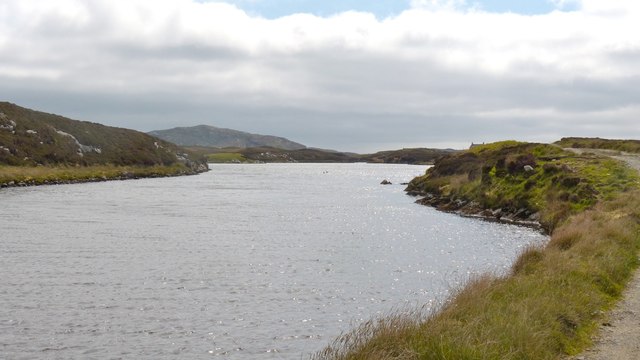
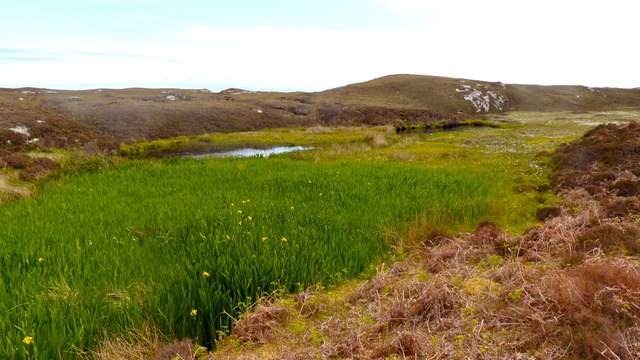
![Ruined croft house, 5-6 Hacklet (Hacleit), in 1995 Looking northeast across upper Loch Chearabhaigh (a sea loch) towards the scattered township of Kilerivagh.
According to local information from Mary Harman in 2018, the house is still there with the mid gable with chimney standing, but the roof is entirely gone. The windows are still clear, and the winnowing hole in the barn at the left hand side of the picture is still there. The telegraph pole behind the house, being redundant is no longer there.
The building probably dates from the 19th century and is Category B listed [<span class="nowrap"><a title="http://portal.historicenvironment.scot/designation/LB18754" rel="nofollow ugc noopener" href="http://portal.historicenvironment.scot/designation/LB18754">Link</a><img style="margin-left:2px;" alt="External link" title="External link - shift click to open in new window" src="https://s1.geograph.org.uk/img/external.png" width="10" height="10"/></span>]. It also appears on the Buildings at Risk Register [<span class="nowrap"><a title="https://www.buildingsatrisk.org.uk/search/keyword/hacklet/event_id/898243/building_name/5-6-hacklet" rel="nofollow ugc noopener" href="https://www.buildingsatrisk.org.uk/search/keyword/hacklet/event_id/898243/building_name/5-6-hacklet">Link</a><img style="margin-left:2px;" alt="External link" title="External link - shift click to open in new window" src="https://s1.geograph.org.uk/img/external.png" width="10" height="10"/></span>].](https://s3.geograph.org.uk/geophotos/05/75/00/5750063_735aba75.jpg)
Griomasaigh is located at Grid Ref: NF8247 (Lat: 57.405948, Lng: -7.2816528)
Unitary Authority: Na h-Eileanan an Iar
Police Authority: Highlands and Islands
Also known as: Grimsay
What 3 Words
///universes.energy.campus. Near Balivanich, Na h-Eileanan Siar
Related Wikis
Grimsay (South East Benbecula)
Grimsay, south east of Benbecula is a tidal island of the Outer Hebrides. It is connected to Benbecula by a causeway which carries the B891. In the 2001...
Eilean na Cille
Eilean na Cille, south east of Benbecula is an island of the Outer Hebrides connected to Grimsay (South) by a causeway which carries the B891. The road...
Eileanan Chearabhaigh
Eileanan Chearabhaigh is a collection of small uninhabited tidal islands off the south east coast of Benbecula in the Outer Hebrides of Scotland. The English...
Wiay, Outer Hebrides
Wiay (Scottish Gaelic: Bhuia or Fuidheigh) is an uninhabited island in the Outer Hebrides. It lies south-east of Benbecula and measures approximately...
Uist
Uist is a group of six islands that are part of the Outer Hebridean Archipelago, which is part of the Outer Hebrides of Scotland. North Uist and South...
Benbecula
Benbecula ( ; Scottish Gaelic: Beinn nam Fadhla or Beinn na Faoghla) is an island of the Outer Hebrides in the Atlantic Ocean off the west coast of Scotland...
Iochdar
Iochdar (Scottish Gaelic: An t-Ìochdair), also spelled Eochar, is a hamlet and community on the west coast of the island of South Uist, in the Outer Hebrides...
Carnan (townland)
Carnan is a townland in County Tyrone, Northern Ireland. It is situated in the historic barony of Dungannon Upper and the civil parish of Arboe and covers...
Nearby Amenities
Located within 500m of 57.405948,-7.2816528Have you been to Griomasaigh?
Leave your review of Griomasaigh below (or comments, questions and feedback).
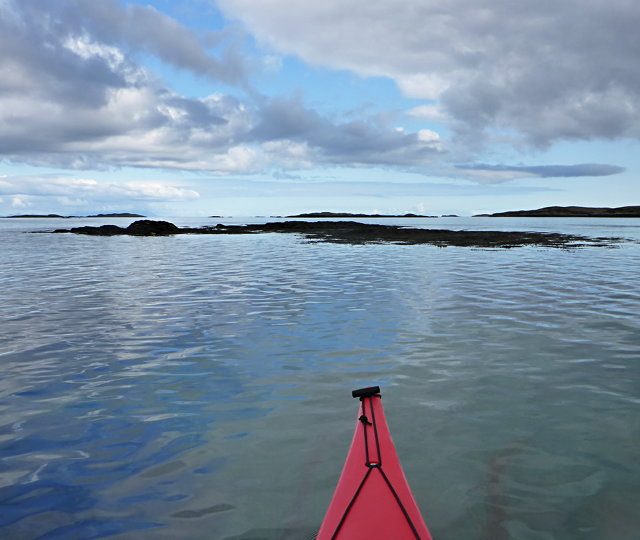
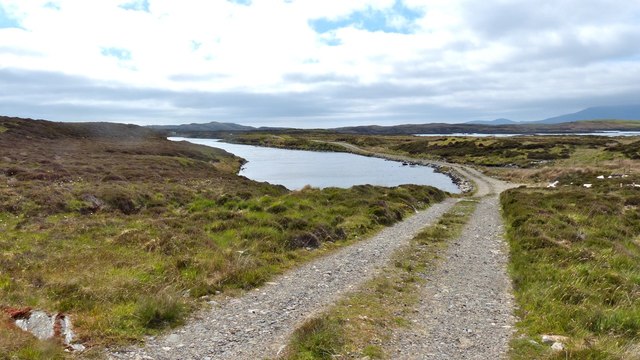
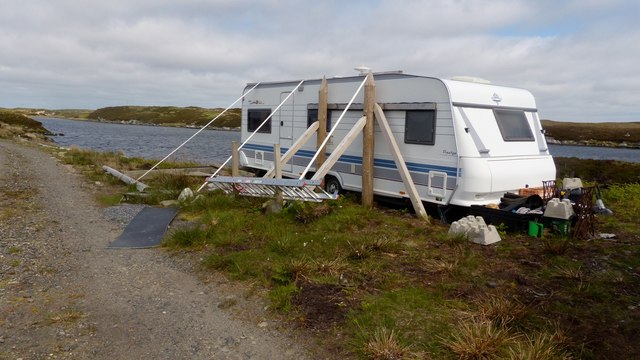
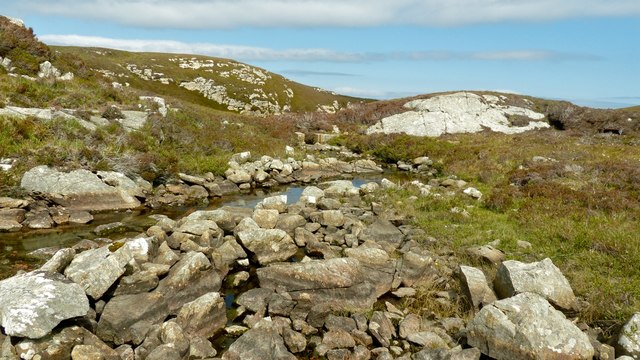
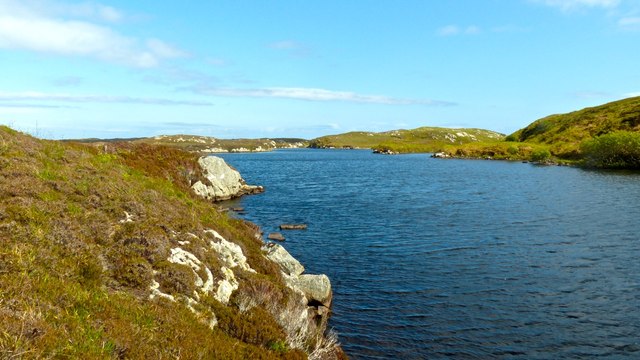
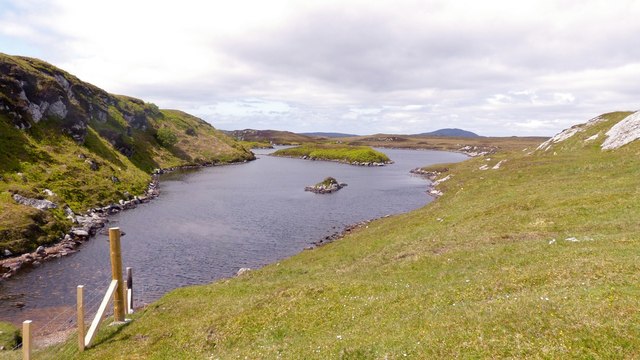
![Causeway by Loch Chill Eireabhaigh Compare with this similar view in 2008 [<a title="https://www.geograph.org.uk/photo/855856" href="https://www.geograph.org.uk/photo/855856">Link</a>].](https://s2.geograph.org.uk/geophotos/05/13/98/5139838_d0908f0c.jpg)
